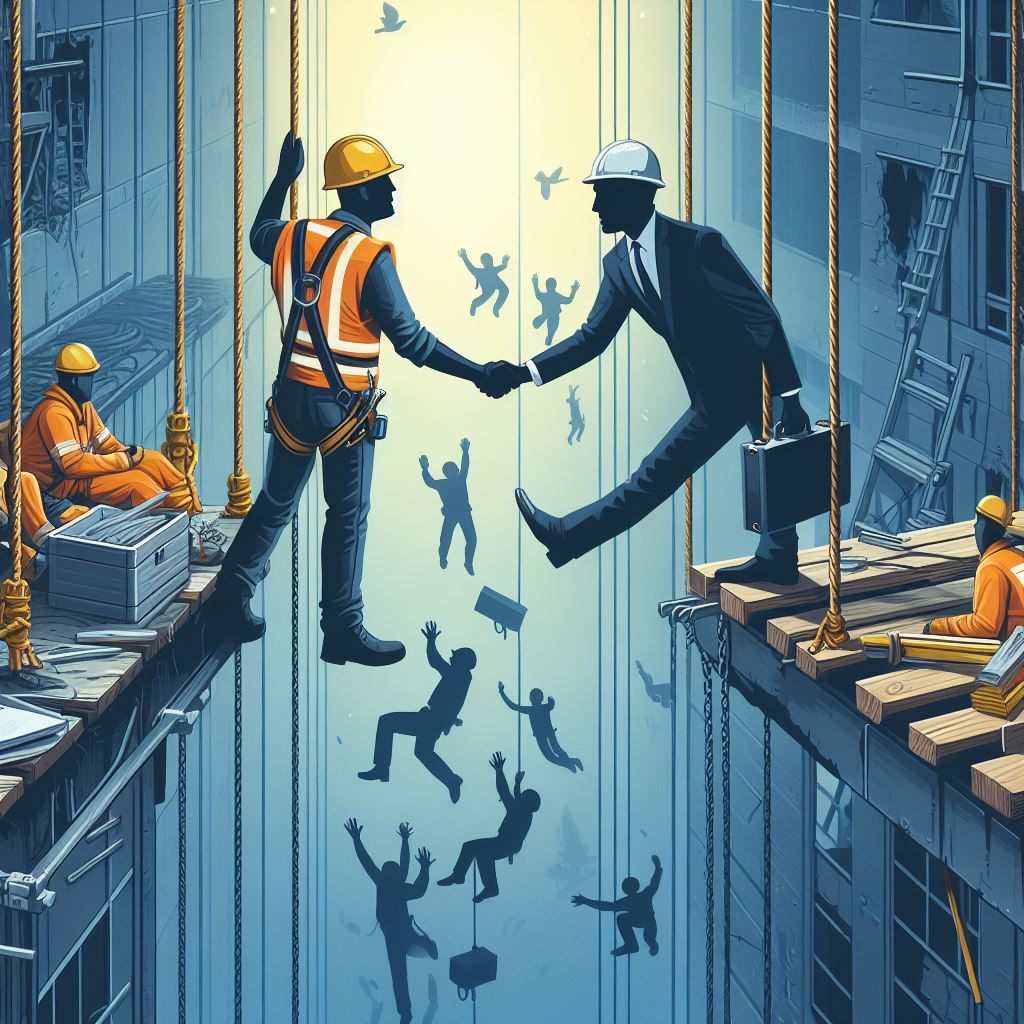Falls in the workplace pose a significant risk to workers' safety and well-being. Employers must prioritize measures to mitigate these risks, and two primary strategies come into play: fall protection and fall prevention. While these approaches share a common goal of reducing fall-related incidents, they differ significantly in their methodologies and effectiveness.
Understanding Fall Protection
Fall protection encompasses the equipment and systems designed to prevent falls or minimize their impact. This reactive approach involves implementing safety harnesses, guardrails, safety nets, and personal fall arrest systems. These measures act as a safety net, intervening when a worker is at risk of falling or has already fallen.
The Essence of Fall Prevention
In contrast, fall prevention takes a proactive stance by identifying and addressing the root causes of falls before they occur. This comprehensive approach involves thorough workplace assessments, implementation of engineering controls, worker training, and the establishment of safety protocols. The goal is not just to mitigate the consequences of falls but to eliminate or minimize fall hazards altogether.
Distinguishing Factors
While both fall protection and fall prevention aim to enhance worker safety, they differ significantly in their focus and effectiveness. Fall protection measures provide crucial safety nets, especially in industries where working at height is common. However, they do not address the underlying factors contributing to falls. Fall prevention, on the other hand, tackles the root causes of falls, making it less likely for incidents to occur in the first place.
The Holistic Approach of Fall Prevention
Fall prevention takes a holistic view of workplace safety, considering the entire work environment and implementing measures to eliminate hazards. While fall protection is essential, relying solely on it can create a false sense of security. By prioritizing fall prevention, employers demonstrate a commitment to proactive safety measures that prioritize worker well-being.
The Synergy of Both Approaches
A comprehensive fall protection program integrates both fall protection and fall prevention measures. While fall protection serves as a critical last line of defense, fall prevention measures are essential for creating a safer work environment. By combining these approaches, employers can cultivate a workplace culture that prioritizes safety and minimizes the risk of falls.
Conclusion
Falls in the workplace are a serious concern, but with the right strategies in place, they can be effectively mitigated. Fall protection and fall prevention represent two distinct yet complementary approaches to enhancing workplace safety. Employers must recognize the importance of both strategies and strive for continuous improvement in their fall protection programs. By doing so, they can create safer work environments that prioritize worker safety above all else.
